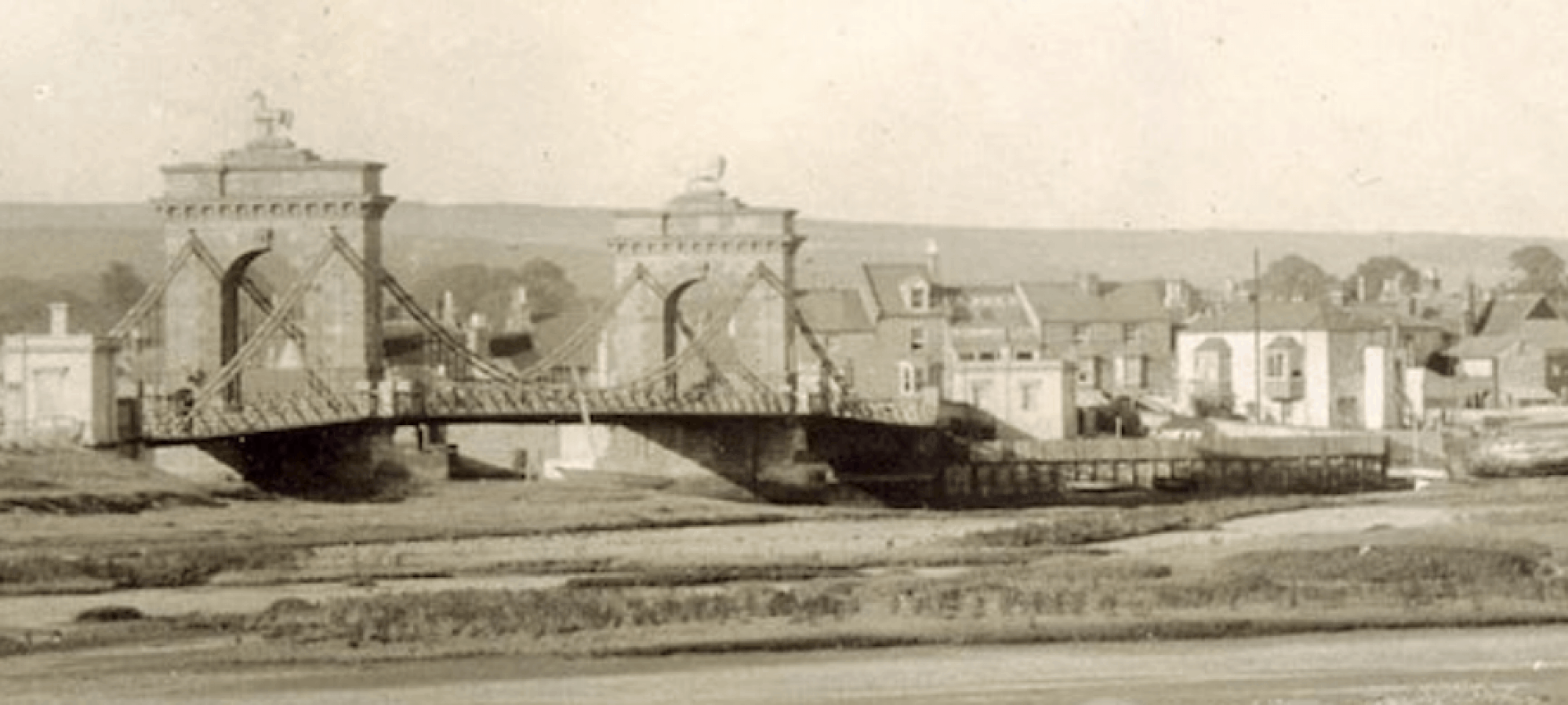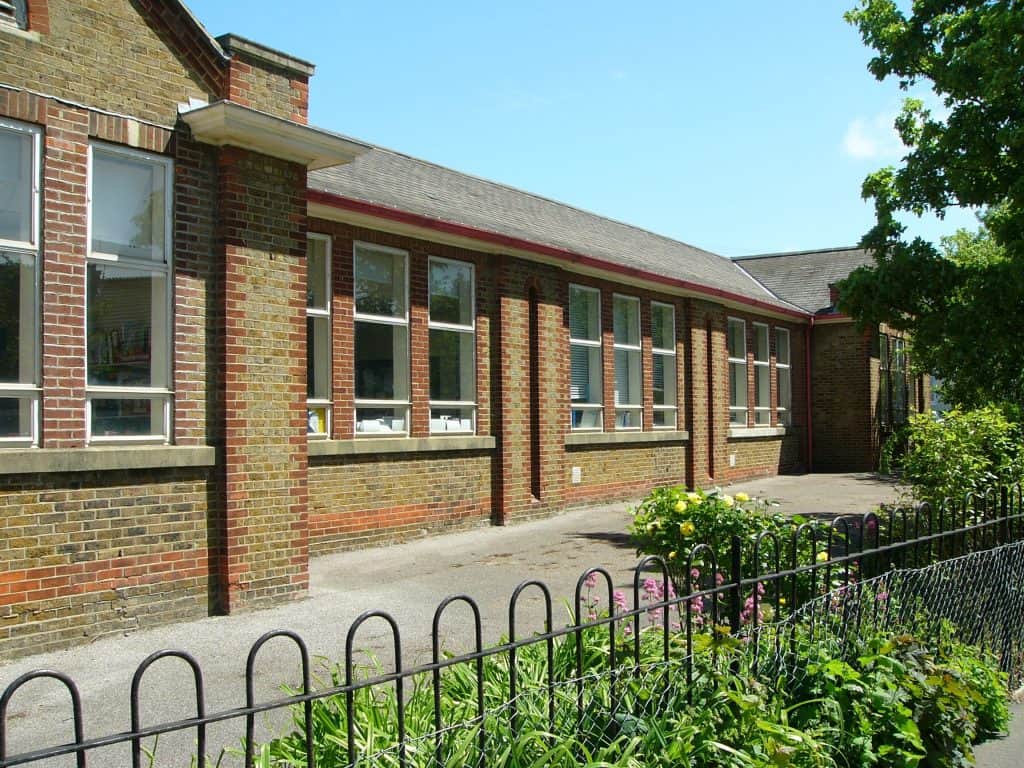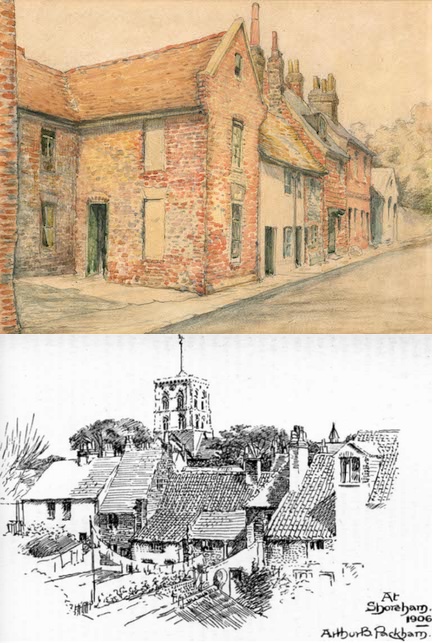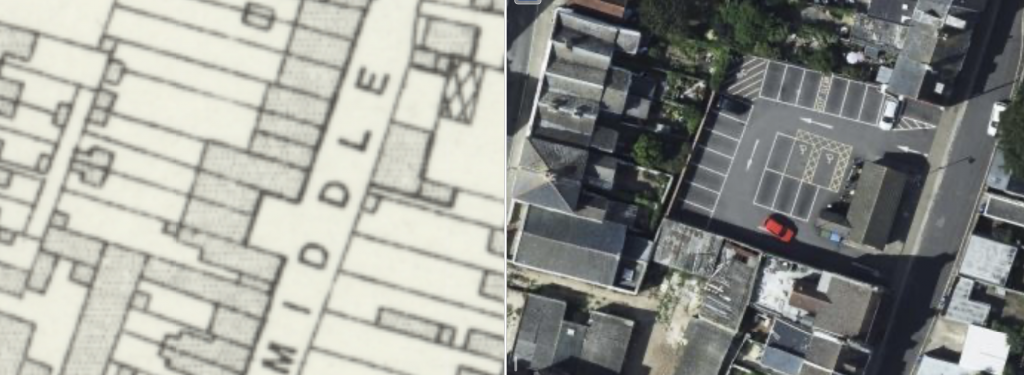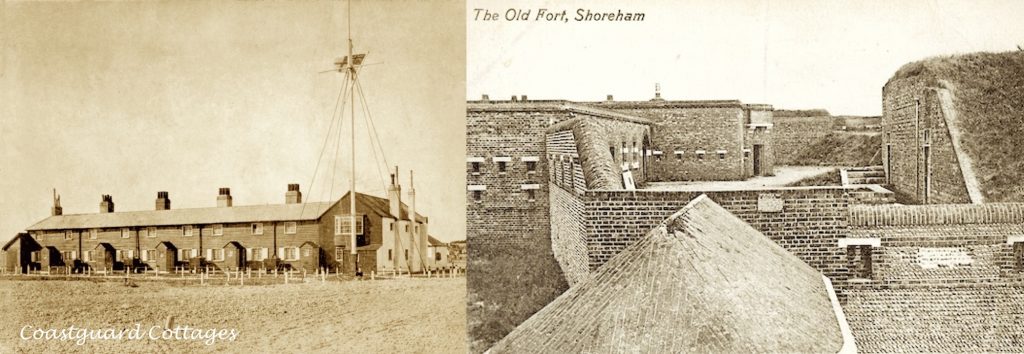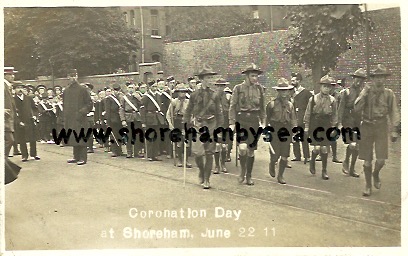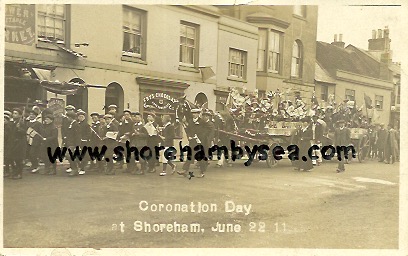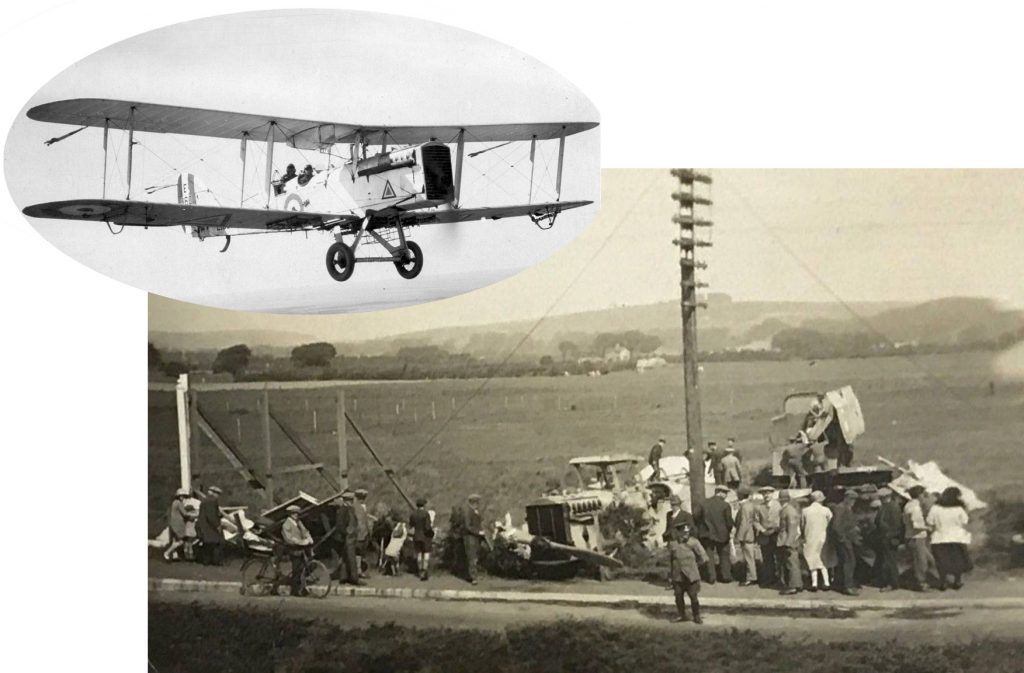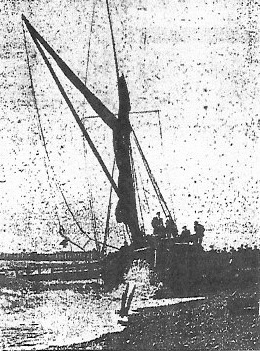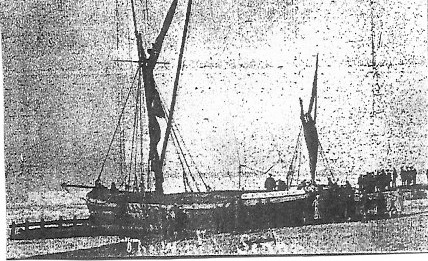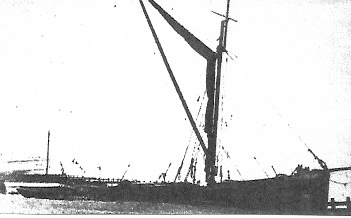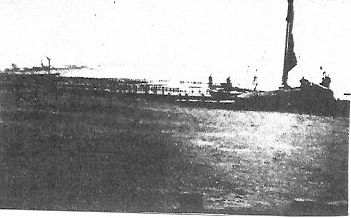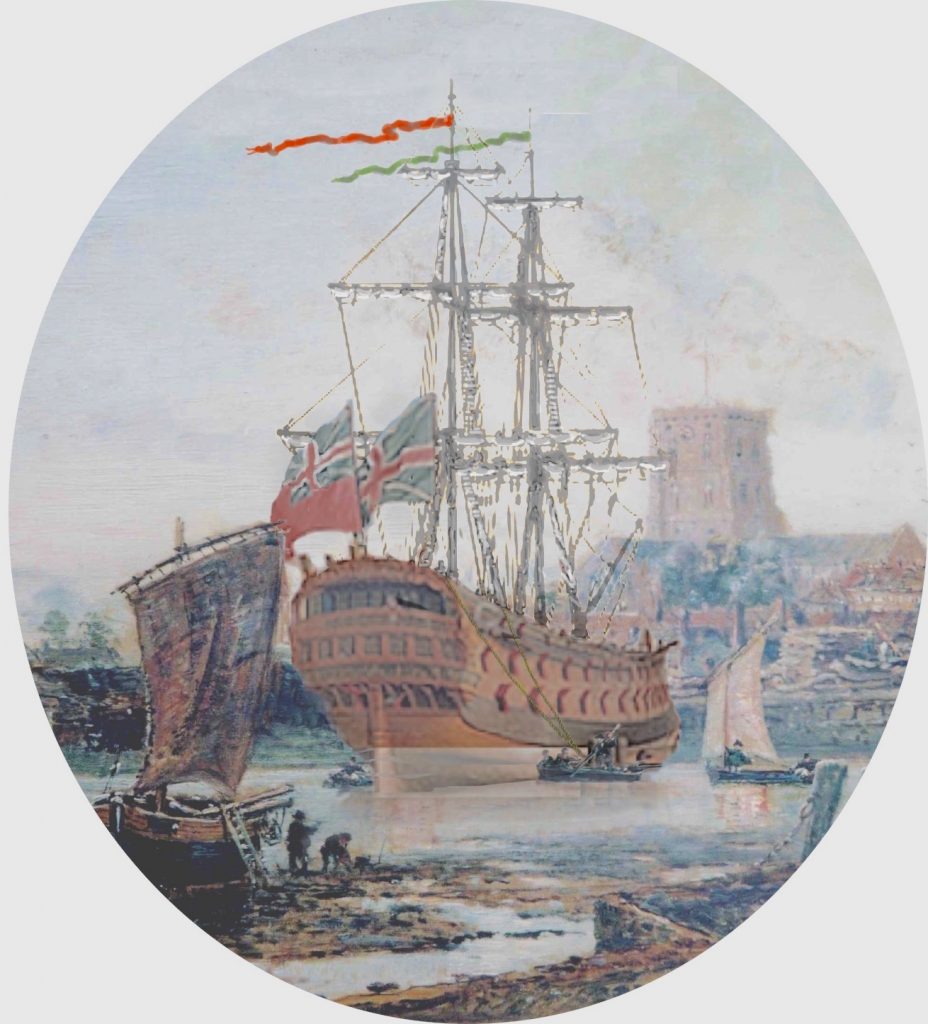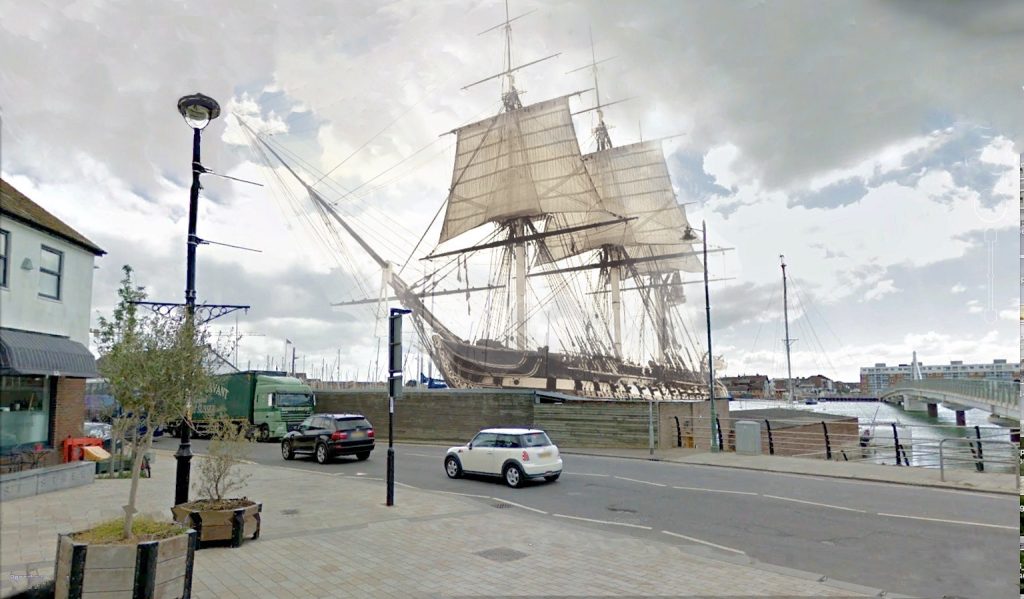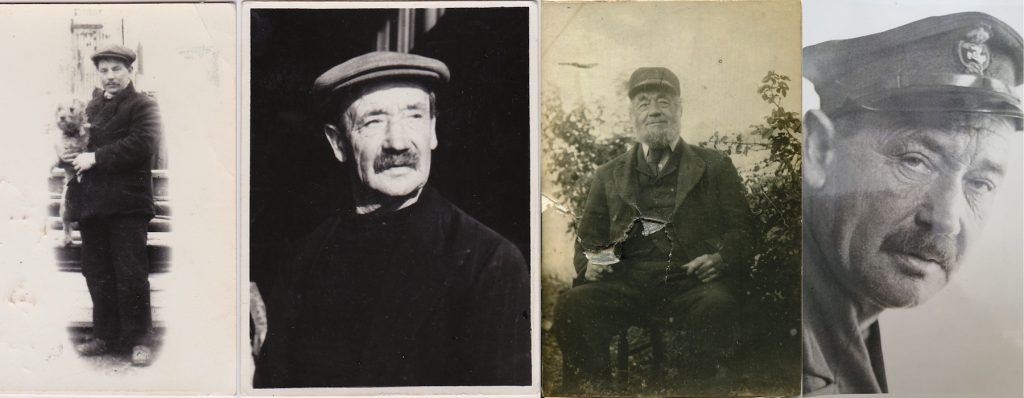Victoria Road school has a curious history. Following the Education Act 1870, a school board for New Shoreham was established in 1872, taking over the National Schools and replacing them with a new school in Ham Road in 1875.
In 1913 £4500 was allocated to build a new school on Victoria Road. This was the preferred site to the alternative proposal between Rosslyn Road and Gordon Road. Clearance of many mature trees was required and demolition of the derelict and overgrown Swiss Gardens including removal of the walls to the “Dungeon” passageway between Victoria Road and Old Shoreham.
By 1915 older children from Ham Road School went to the newly built Victoria Upper Council School.
Continue reading “Victoria Road School”